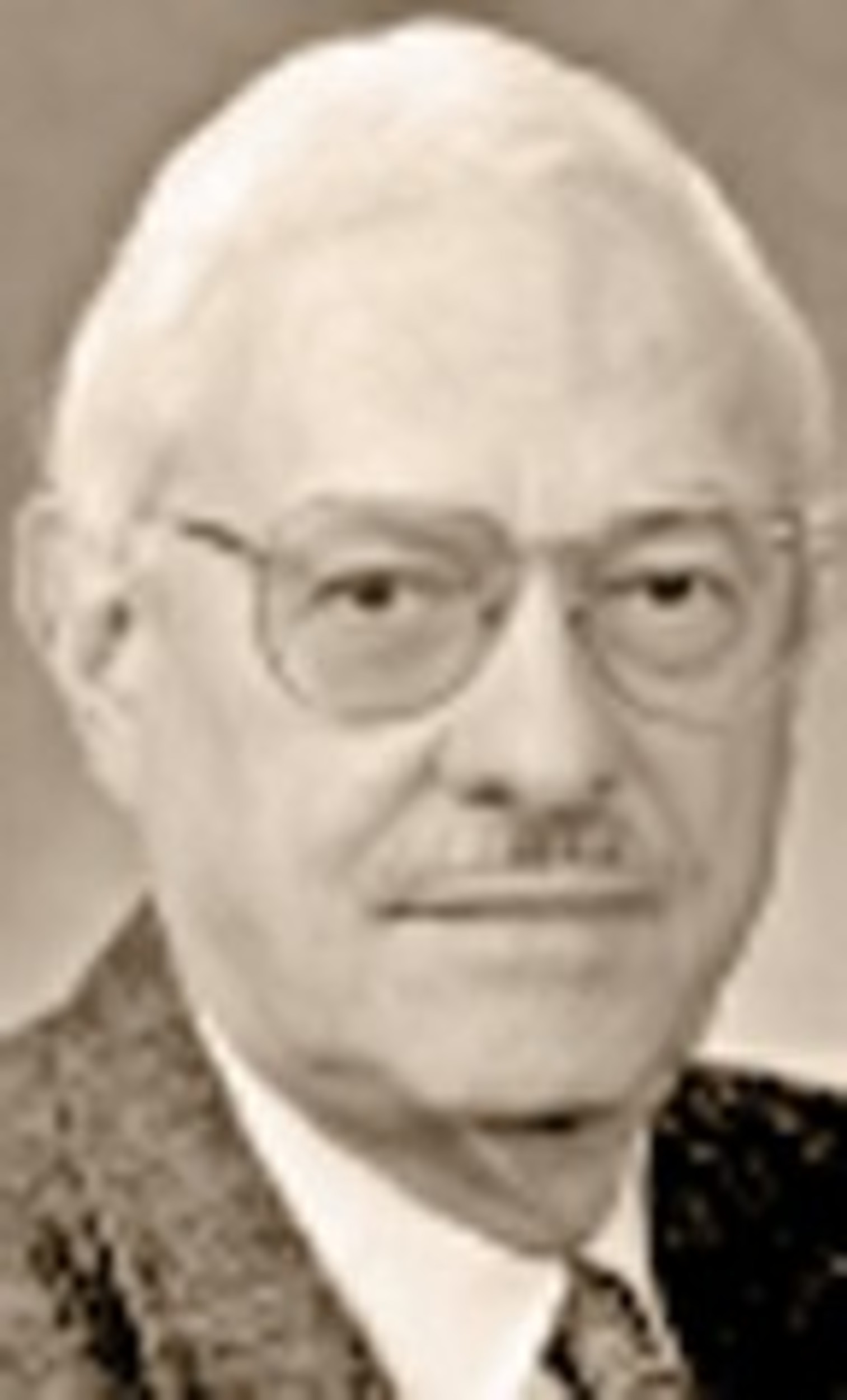Pilgrimage to the West: Dreams, hopes, reality
The travails of newly arrived immigrants and the tragedies that marked their first few decades in the slums of lower Manhattan are well-documented by writers who placed more faith in authentic documentation than in nuanced mythology. There are, indeed, many Jewish immigrants, who arrived about the onset of the 20th century and established themselves within months of arrival. Their children then attended college and their great-grandchildren were appointed as judges on some high court. But for every one such “successful” family, for every glicklicheh geschichte, there were at least five other families who lived their abbreviated lives in unforgiving poverty, subjected to a sequence of medical problems while struggling in urban anonymity.
An immense wave of newcomers to these shores, from 1870 to 1910, had altered the demographic profile of the United States: From a population mainly Protestant with ancestry principally from the British Isles, to a population more diversified in geographic origins, religion and ethnicity. There had been writers, amidst this sea of diversity, who provided detailed chronicles of the lives of the Jewish immigrants to New York, Jews and non-Jews.
One such social scientist was an immigrant himself. Jacob August Riis (1849-1914) was born in Denmark, found his way to these shores as a child, worked in a succession of laboring jobs and –through tenacity, innate skills – rose to become a major voice in understanding the plight of immigrants. Riis became a leader in social reform and a writer demanding equity and better living conditions for these newly arrived populations.
Although not Jewish himself, Riis wrote extensively of immigrant struggles to survive in an unfamiliar environment. At one point, he observed, “They [the Jewish immigrant families] have no training in hygiene; their homes are hopeless, the grind too unceasing. The teachers [of their children] have little hope for their students – and their future.” A grim picture.
The 10th Ward of lower Manhattan, the home of the great majority of Jews in the first decade of the 20th century – and by all accounts, one of the dirtiest and most congested enclaves – was paradoxically deemed the healthiest in the borough, with Jewish mortality rates for tuberculosis, measles and scarlet fever substantially lower that amongst non-Jews. Yet, another category of communicable disease, the venereal disorders, was not unknown amongst immigrant Jews, but with rates appreciably lower than amongst non-Jews. In the words of Michael Gold: “Earth’s trees, grass, flowers could not grow on my street; but the rose of syphilis bloomed by day and night.”
Sociologists of that era concluded: “Jews on the whole were physically healthier than their neighbors, both immigrant and Yankee.” The measure of healthiness among the newly arriving Jews, therefore, was exemplary – but only when compared to neighboring groups.
The vision of comparative good health among the immigrant Jews of lower Manhattan declares that their mortality and morbidity rates for a list of communicable diseases were measurably lower than their non-Jewish neighbors. Yet, insurance companies continued to deny life insurance policies to Jewish workers, particularly those in the fur industry.
These public health summary reports had no way of expressing, in statistical language, the physical development of the immigrants. Numerous summaries do provide meager descriptions of distorted vertebral columns allegedly associated with poor posture or permanent spinal distortion. This was attributed to their occupation which required them to hunch over sewing machines for an average of 13 hours per day.
These published public health reports did not touch upon yet other measures of well-being. And certainly, by whatever names were applied to this category of ailment (depression, neurosis, hopelessness, mental alienation, hysteria, neurasthenia, etc.), the recently transplanted Jews were heavily burdened and more so than their non-Jewish immigrant neighbors. Psychiatric distress culminated in a high rate of suicide among these immigrant Jews. And so, the whispered phrase (“. . .ehr genumen di gez,” he took the gas) served to announce yet another tortured life abbreviated through self-destruction.
For the Jews of Eastern Europe, the pogroms and encroaching social instabilities of shtetl life, culminated in a massive migration to these shores, and particularly to New York City. They then confronted unintelligible responses to their many insoluble problems. The inevitable erosion of their traditions and the pains of dislocation left many ill-equipped to negotiate life in brash America. Most succeeded in the painful transformation, but not without a residue of emotional distress.
STANLEY M. ARONSON, M.D. (smamd@cox.net) is dean of medicine emeritus at Brown University.








